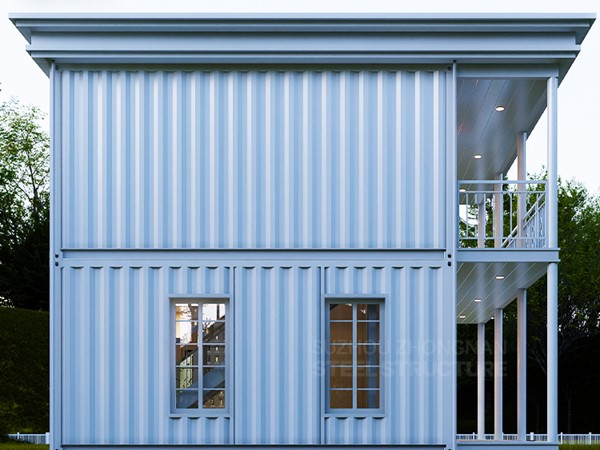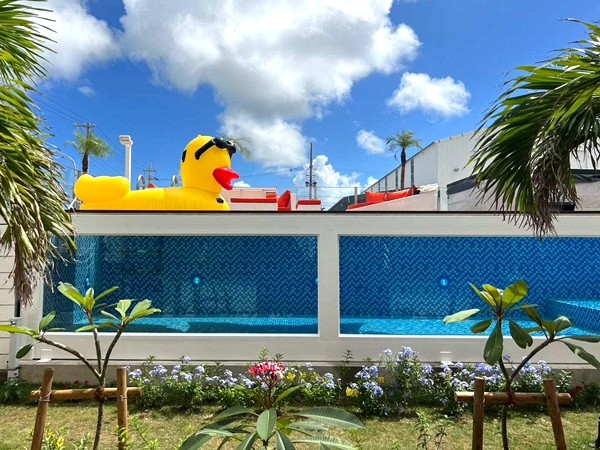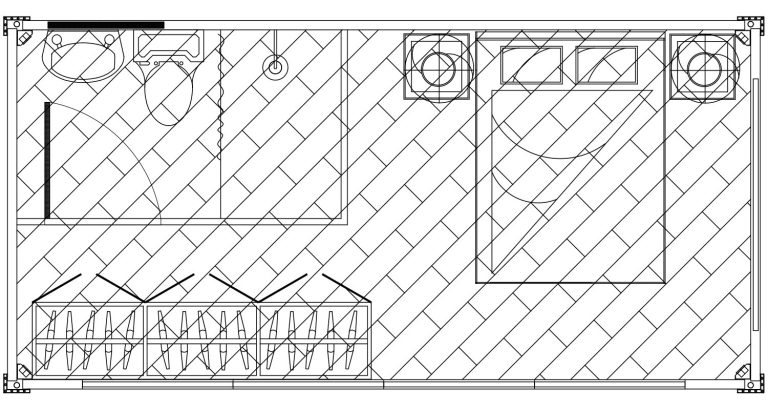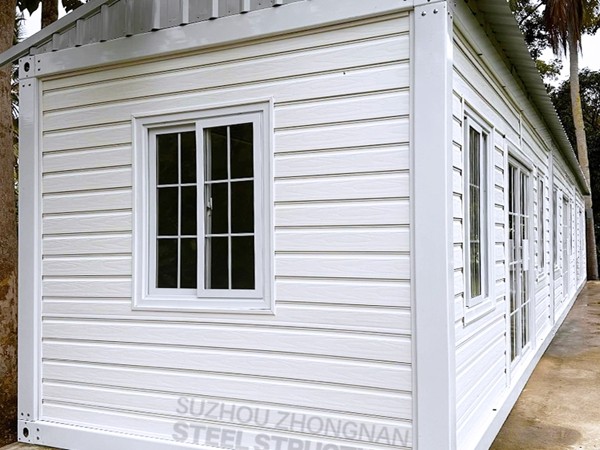average cost of prefab cabin
When considering the average cost of prefab cabins, a myriad of factors influences the final price, making it vital to approach this topic with a nuanced understanding. Prefab cabins, often hailed for their versatility and reduced construction timelines, are becoming increasingly popular for both temporary and permanent living solutions. These structures offer a unique blend of practicality and aesthetic appeal, allowing homeowners to enjoy the rustic allure of cabin living while benefiting from modern engineering techniques.
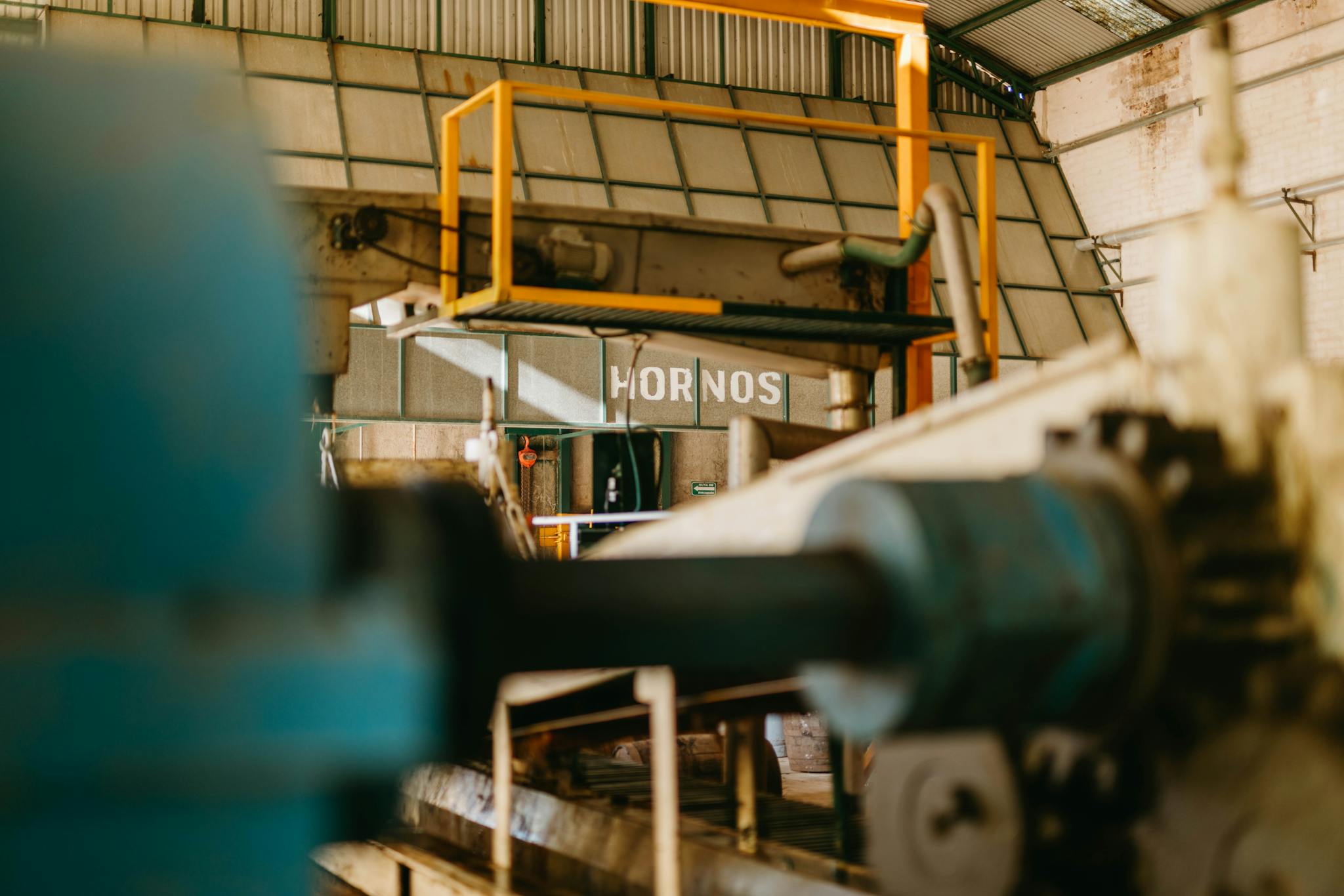
To truly grasp the cost dynamics of prefab cabins, one must first understand the essential components and stages involved in their construction. The price typically includes several elements the base kit, which comprises the fundamental materials required for assembly; additional features like upgraded finishes or custom design elements; and logistical expenses, such as transportation and on-site assembly.
On average, the base kit for a standard prefab cabin may range from $50 to $150 per square foot. However, this cost is just the tip of the iceberg. Customization plays a significant role in inflating the basic price point. Homeowners opting for bespoke designs or enhanced features, such as high-end fixtures, solar panels, or premium insulation, should anticipate a considerable increase in costs. These upgrades can easily escalate the price to $200 per square foot or more, depending on the complexity and quality of the desired enhancements.
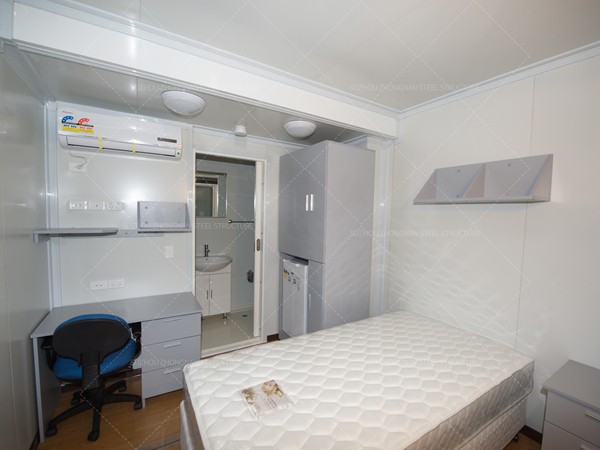
Transportation is another critical factor that can significantly impact the overall cost. Prefab cabins are typically manufactured off-site and transported to the final location. For remote or hard-to-reach areas, transportation costs can be substantial, sometimes ranging from $5,000 to $10,000, or even more if specialized equipment is required for challenging terrains.
Installation and assembly expenses further compound the total cost, with professional assembly typically costing between 10% to 20% of the cabin's base price. This cost varies based on the complexity of the design and the local labor market conditions. Some manufacturers offer packages that include assembly in the total price, providing a more streamlined and possibly cost-effective solution.average cost of prefab cabin
Regional factors also play a pivotal role in determining the cost of prefab cabins. In areas with a higher cost of living, such as urban or heavily touristed regions, associated costs—ranging from labor to permits and inspections—tend to be higher. Conversely, in rural or less densely populated areas, these costs might be reduced, offering prospective cabin owners some potential savings.
From an experience perspective, engaging with customers who have transitioned into prefab homes reveals several consistent insights. Homeowners appreciate the time-efficiency and predictability of prefab cabins compared to traditional construction. The ability to forecast costs with greater accuracy and the reduced timeline—from concept to completion—are often highlighted as significant advantages. Additionally, many owners find the environmental benefits appealing, noting prefab cabins' typically smaller ecological footprint and enhanced energy efficiency, especially when sustainable materials and technologies are utilized.
Industry experts underscore the importance of due diligence in the prefab cabin market. Prospective buyers should thoroughly investigate manufacturers, seeking those with a proven track record and transparent pricing models. Reputable manufacturers typically provide detailed cost breakdowns, allowing for more informed decision-making. It’s advisable to consult with other prefab cabin owners and industry professionals to gather insights into potential hidden costs or logistical challenges.
From an authoritative standpoint, organizations and industry bodies dedicated to prefab building standards can offer valuable guidance. These entities ensure that manufacturers adhere to essential quality and safety standards, providing an additional layer of trustworthiness for consumers.
In conclusion, while the average cost of a prefab cabin can initially seem straightforward, multiple factors contribute to the final investment required. By considering design preferences, transportation logistics, installation intricacies, and regional variables, potential owners can better navigate the complexities of prefab cabin costs. Engaging with industry experts and leveraging first-hand experiences from existing prefab homeowners can significantly enhance the purchasing process, ensuring that buyers make well-informed decisions that align with their financial and lifestyle aspirations.



